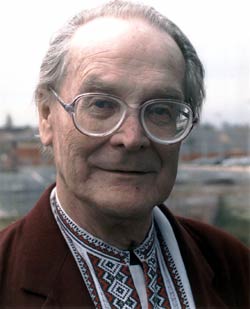 Buteyko is a specific form of breathing therapy (actually breathing restraint) that has been used in the management of asthma.
Buteyko is a specific form of breathing therapy (actually breathing restraint) that has been used in the management of asthma.
Here’s what we know.
Professor Konstantin Pavlovich Buteyko in Russia developed it about 50 years ago. His theory was that many “civilisation-induced diseases” (eg, bronchial and vasomotor spasms, allergic reactions) are caused by deep breathing. Buteyko therapy was developed as a way to reduce the depth of respiration.
There are lots of articles, but just a few published studies that present results in a typical peer-reviewed format (including an abstract), with statistical analysis of a range of respiratory parameters, effect on drug use, and changes in quality of life.
Here are the key findings from 3 studies that meet these criteria.
Medical Journal of Australia. 1998
- 4-month study in 36 adults with asthma
- Reduced hyperventilation
- Reduced use of beta2-agonists (eg, albuterol)
Journal of Asthma. 2000
- 4-week study of 36 adults with mild to moderate asthma
- Improved quality of life
- Reducing use of inhaled medication
Thorax. 2003
- 6-month study in 90 asthmatic patients
- Improve symptoms
- Reduced bronchodilator use
- No change in bronchial responsiveness or lung function
The bottom line?
Too bad the researchers didn’t continue to monitor their patients after the study and document a long-lasting effect on quality of life and reduced drug use.
But for at least the duration of these studies, those who learn the Buteyko technique decrease their use of medication and feel better.
There’s no evidence based on the studies review here that Buteyko therapy affects the respiratory parameters typically used to assess the effectiveness of asthma treatment.
More background is available here.
4/2/07 22:59 JR